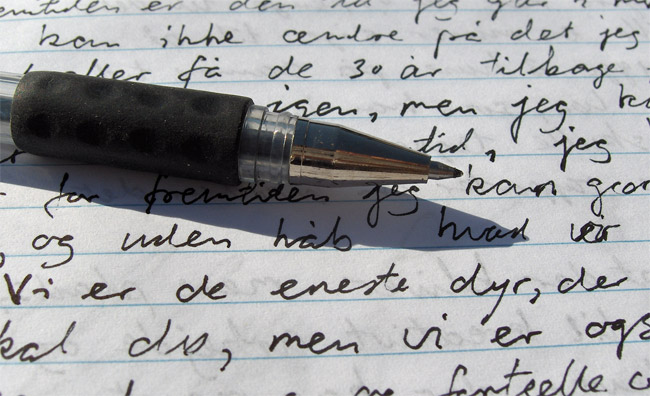It’s discussed a lot these days. “Are laptops, smart phones and the iPad going to kill off X, Y, or Z?” (Bound books, newspapers, the paper-based office… human interaction.) The latest new-vs.-the-old tidbit to hit our radar is a study by Forrester Research that concluded that 87 percent of business professionals still use handwritten notes in addition to technological aids. Obviously this goes against the conventional thinking that the smart-phone-&-computer-dominated world of the modern business professional might somehow be down on the pen and paper. The study also found that:
- “47 percent felt that better note-taking would improve both their personal job performance and decision-making within their organizations”; and
- “37 percent of all workers use handwritten notes to organize their priorities through to-do lists.”
We always like hearing news like this at Paperblanks because it aligns with our values: we’re big proponents of mixing innovation with tradition (think, for example, of our mixing of old-world book-making methods with the newest standards of quality.) Why worry about a world where old and new methods are fighting each other for dominance when we can all just live in a world that reaps the benefits of both? And there are quite a few benefits associated with handwriting…
The Hot Word blog, discussing the Forrester findings, wrote up a good breakdown of the benefits of handwriting:
- A person’s handwriting is unique to that person; and the study of handwriting (Graphology) is believed by some to communicate quite a bit about the writer’s “character, personality and abilities.”
- Studies say that writing information down increases our ability to recall that information
- Keeping a daily written log (say, for example, a journal?) can improve productivity
What do you think about the future of handwriting? How much do you mix traditional handwriting with technological aids?






I love to write and rely a lot on handwritten notes. Technology is great, but when I really want to remember something there is nothing better than writing it down.
I am sorta stuck in the middle of both topics, so I cant decide!!!:/
lanvin t shirt